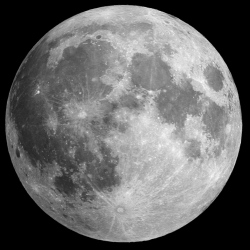
The researchers behind the project claim the image quality from the PiKon telescope compares to models costing 10 times as much. Plans are available online allowing anyone to download and print the components needed to build the device. The telescope’s images were unveiled as part of a science festival in the city.
It captured numerous pictures of the moon’s surface during its first use. One of the Pikon’s developers, physicist Mark Wrigley, said he hoped the new telescope would be a "game changer". "We hope that one day this will be seen on a par with the famous Dobsonian ‘pavement’ telescopes, which allowed hobbyists to see into the night skies for the first time," he said.
"This is all about democratising technology, making it cheap and readily available to the general public." At the heart of the telescope is the camera module of a Raspberry Pi, the cheap, barebones, British built computer. Based on Isaac Newton’s reflecting telescope design, a concave mirror focuses an image directly onto the Pi camera sensor, which is mounted onto components created by 3D printing.
